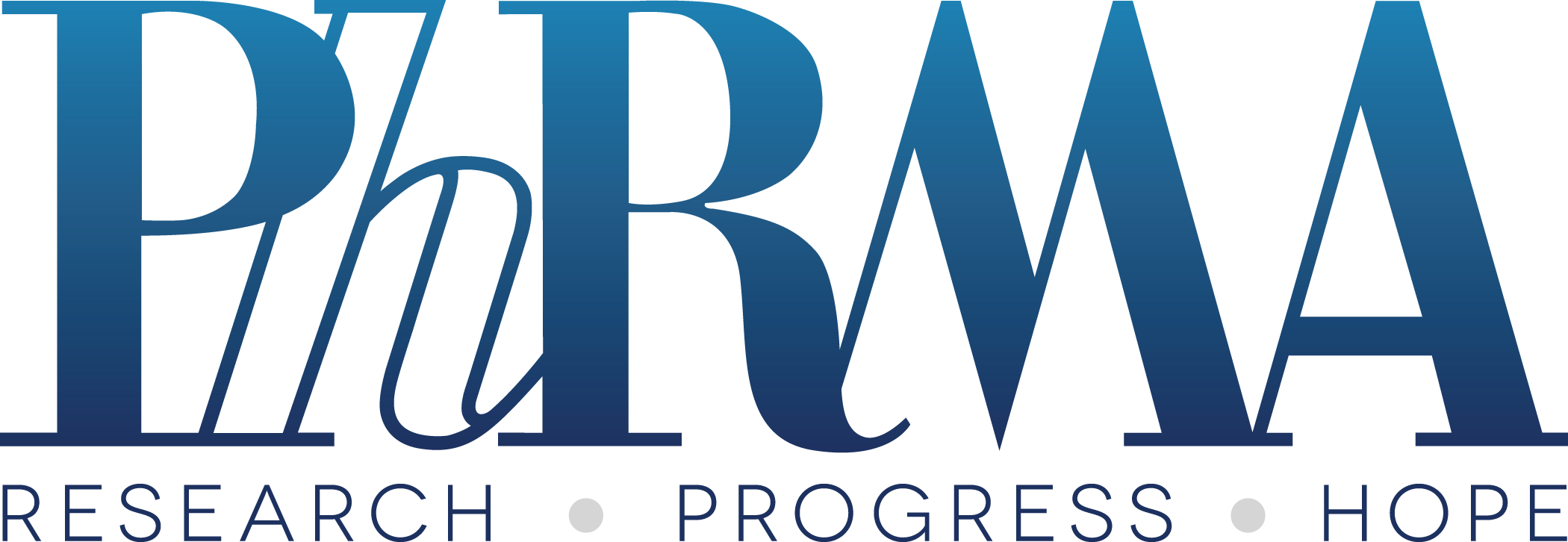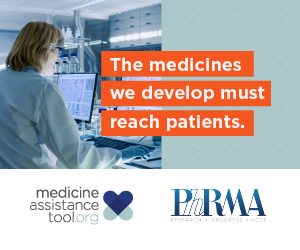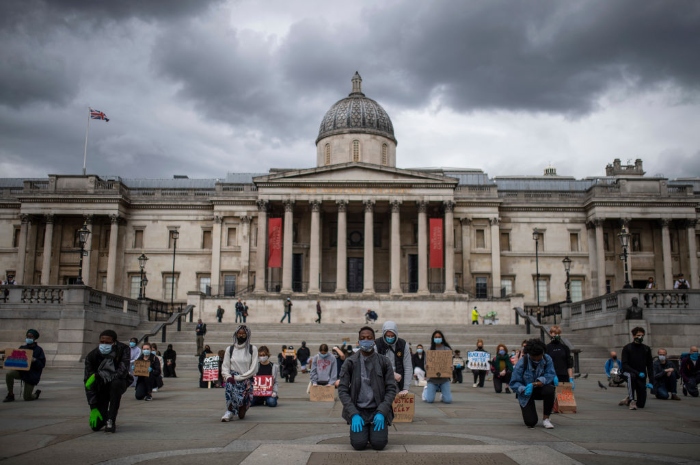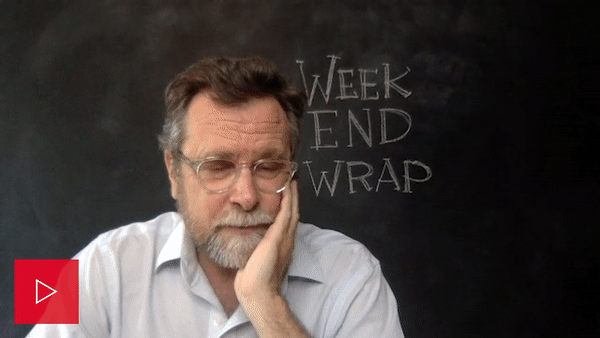
Presented by
|  |
|
Yet it’s only in the United States where the police are generating such fierce devotion and disrespect in nearly equal measure during the pandemic. Perhaps that’s because U.S. police forces are such outliers in the global policing world.
What those figures don’t show is that, according to the Congressional Research Service and unlike basically any other cops around the world, U.S. police are dealing with a country where at least 310 million firearms are in circulation.
With American police increasingly heavily armed — a trend that dates back to the war on drugs, and was exacerbated after 9/11 by a U.S. Department of Defense program that makes excess military equipment available — the opportunity for miscalculation is much greater on both sides in American policing than in other countries.
Better training is the most urgent priority, and national standards would also help American police be more effective, said Chuck Wexler, executive director of the D.C.-based Police Executive Research Forum. “What happened in Minneapolis was a complete failure of training and policy,” Wexler said. “Training has not changed fundamentally in 25 years.”
Police in Iceland,
Ireland,
New Zealand,
Norway and the
United Kingdom are largely unarmed. New Zealand Prime Minister Jacinda Ardern, whose father is a retired senior police officer, said Wednesday she remains “totally opposed” to arming police officers.
While the U.S. has a national policing problem, there is little national policy in place, Wexler said. The federal government stepped back from the minimal oversight it did provide when Attorney General Jeff Sessions in 2017 ended the Justice Department’s oversight of local police departments.
Decades of research shows that it’s harder to police communities that don’t trust their police officers, a job made tougher when a diverse population implies the need for a diverse force.
Australia has a similarly diverse population as the United States, and an equally notable race-based police brutality problem. While officers are unlikely to kill suspects during confrontations, more than 430 Aboriginal Australians have died in police custody since a major national inquiry took place in the late 1980s. Indigenous Australians make up less than 3 percent of Australia’s population but nearly 30 percent of the prison population. They are incarcerated at four times the rate of African American men.
A message from PhRMA:
While America’s biopharmaceutical companies are working around the clock to develop a treatment for COVID-19, companies are also expanding efforts to help patients access other medicines they need. PhRMA’s
Medicine Assistance Tool was built to connect patients with resources that may help lower out-of-pocket costs.
Protesters kneel in Trafalgar Square during a Black Lives Matter demonstration today in London. | Getty Images
SCIENCE BY PRESS RELEASE —
Vaccine maker Moderna attracted glowing headlines and bullish investors when it revealed that eight participants in a preliminary clinical trial of its coronavirus vaccine had developed antibodies to the virus. The company’s share price jumped nearly 20 percent that day as it released a massive stock offering. But
the full results of the 45-person safety study haven’t been published, even though Moderna began a second, larger trial in late May aimed at determining whether the vaccine works, health care reporters
Zachary Brennan and
Dan Goldberg write. Call it science by press release —
a tactic that pharmaceutical companies are increasingly relying upon to set their experimental coronavirus drugs and vaccines apart in a crowded field, shape public opinion and court regulators. Public health experts say the approach could increase political pressure on federal health officials to greenlight drugs and vaccines before it is clear they are safe or effective, with dangerous consequences.
THIS MONDAY 9 a.m. EDT – "INSIDE THE RECOVERY" PART II: PLAYBOOK INTERVIEW WITH LEE SAUNDERS, HEAD OF AFSCME: Join POLITICO Playbook co-authors Anna Palmer and Jake Sherman for a virtual interview with Lee Saunders, President, American Federation of State, County and Municipal Employees focused on how the union is navigating worker safety concerns around the coronavirus, what they believe is needed in a new relief package, and the importance of politics during a health, economic, and societal crisis.
REGISTER HERE
When the monthly Bureau of Labor Statistics jobs numbers were released this morning, there was a big surprise. Instead of an expected 20 percent unemployment rate for May, the rate
went down to 13.3 percent. The U.S. economy gained 2.5 million jobs. Nightly’s
Myah Ward asked economists why the estimates were so wrong. And how did unemployment go down when millions of new unemployment claims are filed every week?
“Right now there are huge gross flows in jobs — many millions of people are still losing their jobs, and many millions more are gaining them back. The unemployment insurance claims only report the total number of people losing their jobs, and they also have quality issues in terms of people who make multiple applications or who stay on UI even after getting a new job. We don’t have any good measure of how many people in gross terms are getting jobs. That makes it even harder to predict the net jobs number reported by the BLS. Today's number, however, was only surprising in its timing. I expected millions of jobs to be added in late May. It is only happening about two weeks earlier than I would have expected.” — Jason Furman, economic policy professor at Harvard and chair of the Council of Economic Advisers under President Barack Obama from 2013 to 2017
“The jobs number, the unemployment rate and the claims each come from their own universe. And while they overlap some, they will never line up exactly. And we’re used to this with jobs and the unemployment rate because the jobs number is calculated by talking to employers and asking how many employees they have. And the employment rate is calculated by going to households and asking them if they have a job or not. We now have this third category: the new claims for unemployment insurance that people are paying attention to. And there we have an additional problem because we are now allowing people who never before could get unemployment insurance to claim it. And importantly, among them are self-employed people and independent contractors. They will never show up as jobs. And so you can have a lot of UI claims from self-employed people without affecting the jobs number at all. And so there has to be some of that going on. And then the other piece of complication is: To be counted as unemployed in the jobs report, you have to say, I don’t have a job but I’m looking for one. But for unemployment insurance, we specifically said when we passed the CARES Act, you can get this, even if you don’t look for a job. So there are a lot of people who would normally say, ‘Oh yeah, I’m out of work but I’m looking, I promise,’ who are now just saying, ‘Nah, I'm not looking,’ and they count as out of the labor force.” — Douglas Holtz-Eakin, president of the American Action Forum and chief economist of the Council of Economic Advisers under President George W. Bush from 2001 to 2002
“I would argue that the unemployment rate did hit 20 percent, because the all-in unemployment rate was 21.2 percent, and that includes people that are unemployed, part-time employed for economic reasons or dropped out of the labor force. And so while that’s not the headline figure, if you ask me, the unemployment rate is at 20 percent.” — Ali Wolf, chief economist at Meyers Research, a real-estate data and advisory firm
“What this says to me is that our normal models, about what data to take into account to estimate job losses, were really off right now. I expected the official unemployment rate to rise for sure. But if you take into account all the people who are out of work as a result of the virus, it is almost 20 percent. They are misclassifying some workers who should be being counted as temporarily unemployed, but they are instead counting them as employed, but not at work. That’s 4.9 million workers. And if you just added that in, the unemployment rate would have been 16.4 percent.” — Heidi Shierholz, senior economist and director of policy at The Economic Policy Institute and former chief economist at the Department of Labor under Obama from 2014 to 2017
IN THE HOT SEATS —
Members of Congress have been divided in their response to the police killings of black Americans and thousands protests across the nation, lawmakers have been divided in their response,
Megan McCrink,
Rishika Dugyala and
Kelly Hooper write. POLITICO examined how members of Congress facing tight reelection bids are responding. Using
POLITICO’s election forecast tool , our journalists identified 78 lawmakers in the most competitive races — contests where it’s not clear whether having President Donald Trump at the top of the GOP ticket will be a boon or burden. Then, they combed through these lawmakers’ social media posts, websites and interviews and pulled their statements. “All but one — Rep. Jaime Herrera Beutler (R-Wash.) — have publicly condemned George Floyd’s death or made calls to hold the police officers accountable,” they write.
Read the roundup.


BILLIONAIRES AND BILLIONAIRES — U.S. billionaires are
$565 billion richer since March 18, the left-leaning Institute for Policy Studies said today. That is a 19 percent increase compared with 11 weeks ago, according to the think tank, and there are also 16 new billionaires in the U.S. Using the data from the
Forbes Global Billionaire survey, IPS calculated that the wealth of Amazon founder and CEO Jeff Bezos rose by $36 billion, and Facebook founder and CEO Mark Zuckerberg’s net worth went up $30 billion, even as more than 40 million Americans filed for unemployment.
The increase in U.S. billionaire wealth is equal to 25 percent of the total assets of all African Americans, according to IPS’ Chuck Collins, author of a forthcoming study on the racial wealth divide.
“Surging billionaire wealth, juxtaposed with the stark racial disparities dramatized by this pandemic, undermines the unity and trust required for us to recover together in the years ahead,” Collins said.
Median household wealth for a black family is $17,150 compared to $171,000 for white families, according to a Brookings Institution report on the gap. “Median wealth — or the wealth of the household at the middle of a distribution — gives the experience of the typical family, but does not reflect the bulk of national wealth that is held by the richest households,” the Brookings report says. “White average wealth ($929,800), which is more influenced by very rich families and does not characterize the typical experience, is 6.7 times greater than black average wealth ($138,100).”
Biden’s black youth dilemma — America faces a trio of crises that are disproportionately hitting black people: police violence, coronavirus and a flailing economy. National political reporter
Laura Barrón-López explains on POLITICO Dispatch why
it’s a moment that could help Democrats galvanize disillusioned young black voters — or could further alienate them from the party. “We know, based on what happened in the primaries, that Biden has a weakness in terms of young voters, and that young voters of color are some of the most ambivalent in terms of having these conflicting feelings about whether or not they want to turn out to vote,” Laura said.
Nightly asked you: With so many crises gripping the nation, what worries you the most right now and why? Is it coronavirus, the economy, racial injustice, policing, protests, the 2020 election or something else? Below are some of your responses, lightly edited for style and clarity.
“Slowing climate change — and doing it in a just manner — remains our biggest and most important task. If we fail to get a handle on global warming, today’s race and virus crises may seem sadly incidental.” — Steven Dennis, writer, Cornwall, Vt.
“What procedures are being established for tracking the incidence of Covid-19 among persons who have participated in public demonstrations?” — James Vaughan, retired, Grass Valley, Calif.
“I worry about those who were struggling to pay their rents before this pandemic even started. States that have passed eviction moratoriums anticipate an unprecedented level of evictions when moratoriums lift. We need Congress to pass protections that will continue after the pandemic ends.” — Kelly Mallon, research analyst, Boston
“All of the above, however, the economy the most. Without jobs, the other issues will just be exacerbated by increased poverty, homelessness and despair.”
— Gina Dotson, consultant, Pompano Beach, Fla.
|
“The economic consequences of the pandemic and the necessary but difficult constraints on personal freedoms containing it has entailed, combined with our polarized politics, create an atmosphere ripe for explosion, as we've seen.” — Chris Malecek, consultant, Mendota Heights, Minn.
“The 2020 election. Many issues are important, but we must get positive leadership and get the ship of state back on track domestically and internationally.” — Shari Dunn, development manager, Mancos, Colo.
“What worries me the most is that nothing will change as the protests end and stay-at-home orders subside. Many Americans just want things to get back to normal, and have wanted that for months — ignoring the issues brought up this past week around racism and police brutality will be too easy.” — Hannah Brenchley, research assistant, Washington, D.C.
Protect Yourself and Others From Coronavirus: Even if you don’t have symptoms, you could spread the coronavirus. Practice these physical distancing and hygiene tips to keep yourself and your loved ones safe: Stay 6 feet away from others in public; wash your hands often for 20+ seconds; disinfect frequently touched surfaces like cellphones and light switches; and wear a cloth face covering when out in public. Together, we can slow the spread.
Visit coronavirus.gov to learn more.
EUROPE’S BIG REOPEN? Travel restrictions within the Schengen free travel area will
hopefully be lifted by the end of the month , along with a ban on entry into the EU by early July, European Home Affairs Commissioner Ylva Johansson said today. The free travel area, composed of 22 EU countries plus Switzerland, Norway, Iceland and Liechtenstein, has
not been functioning since countries rushed to reintroduce border controls to stop the spread of the coronavirus. “I believe … we will return to the full functioning Schengen no later than the end of the month of June,” Johansson said. Fully rebooting the system has proven difficult, with many countries
wary of opening borders, afraid of importing new cases. “At the end of the day it is the decision for each member state,” Johansson said.
16.8 percent
The unemployment rate for black workers in May, according to Bureau of Labor Statistics data released today. The rate represents an increase of 0.1 percentage point from April, and contrasts with the overall drop to 13.3 percent nationwide.
|
SATIRE GOES SERIOUS — Matt Wuerker talks about the week’s “great national Rorschach test” in the
the latest Punchlines. He looks at how satire, cartoons and memes responded to the protests across the country along with the White House reaction.
A message from PhRMA:
In the midst of coronavirus, PhRMA members are expanding efforts to help millions of Americans dealing with other diseases that need to be treated and may be struggling to afford their medicines. Our
Medicine Assistance Tool was built to connect patients with resources that may help lower out-of-pocket costs.
Follow us on Twitter













